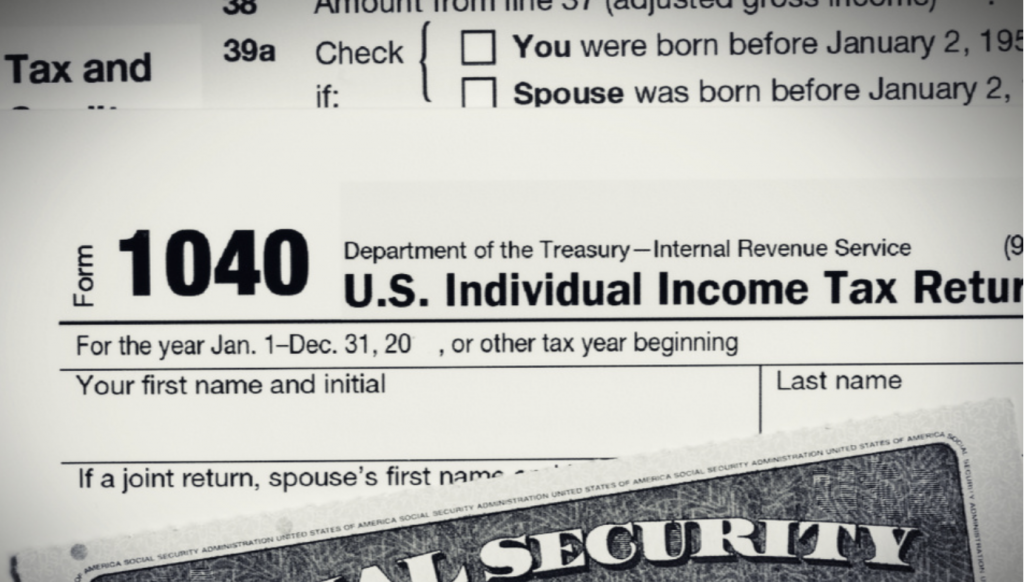Taxes and Social Security
85% of your Social Security benefits are taxable. Various states also tax your benefits. Find out what this means for you.
This article will explain Combined income, Adjusted gross income, and what you need to do if you’re getting a Social Security check.
Here are some of the most common questions people ask about taxes and Social Security benefits. We’ll also cover how much is taxable.
85% of Social Security benefits are subject to federal income taxes
As of 2017, 85% of Social Security benefits are subject to taxation, a substantial increase over the previous decade.
The percentage of Social Security benefits that are taxable rose from 7.4% in 1999 to 13.7% in 2017; the amount of taxable benefits also increased from 19.5% to 33.0%. The CBO projects that the proportion will reach more than 50% by 2046.

Currently, 85% of Social Security benefits are subject to federal income taxes. However, this limit is not a complete reflection of how many Americans are paying taxes.
For example, a couple who collects $70,000 per year in Social Security benefits is not subject to 85% taxation because their total income is less than $70,000 per year.
However, they do not reach the 85% tax rate because their IRA distributions do not exceed $65,000 a year. Despite this, a single retiree who receives $30,000 per year could have a marginal tax rate of zero, even though the taxable amount of her benefits is higher than her total income of $30,000.
Various states also tax Social Security benefits
The government taxes various aspects of Social Security benefits, including retirement benefits, disability payments, and survivor’s insurance.
In 1983, Social Security amendments mandated that half of all beneficiaries pay income tax on a portion of their benefits. The legislation set the thresholds for taxation in nominal dollars rather than indexing them to the national economy.
Various estimates put the tax percentage for beneficiaries at 20 percent in 1993, 25 percent in 1997, and 32 percent in 2000. By 2003, it was estimated that as many as 40 percent of beneficiaries were paying taxes on benefits.
In addition to federal taxation, various states also tax Social Security benefits. The following states are taxing Social Security benefits in some way, including withholding of federal income tax.
Colorado, Connecticut, Kansas, Minnesota, Missouri, New Mexico, Oregon, and Wisconsin do so.
For those claiming disability or survivor benefits in these states, they can receive an exemption of up to eight thousand dollars. In addition, many states allow for various tax deductions related to disability.
Combined income
Combined income refers to your combined income and includes Social Security benefits as well as any non-taxable interest and deductions. As a married couple, you will need to calculate how much of your combined income is taxable.
For example, if you are married and receive $18,000 in SS benefits, you will need to subtract your AGI by $4,000, and you will have a combined income of $33,000.
In this example, 50% of your combined income would be $9,000, while the remaining $6,500 would be your taxable income.
Combined income and how much social security is not taxable includes adjusted gross and tax-exempt interest income. It does not include the income from your pension.
For married joint filers, a phaseout threshold of $60,000-$70,000 is required to qualify for the full exemption.
Consider an example: Joe and Sue receive $16,000 in social security benefits each year, and the joint filer has $40,000 AGI. Then, each of them receives taxable income of $2,300, plus another $200 from a savings bond. Combined income and how much social security is taxable.
Adjusted gross income
Social Security benefits are generally not taxed by most states, but there are a few exceptions. Missouri and New Mexico impose an income tax on Social Security benefits if they exceed certain thresholds.
Additionally, the state of Utah includes Social Security benefits as taxable income and allows a tax credit for those benefits that are taxed. However, if you are unsure of your taxable status, it’s best to check with your state’s tax code to ensure that you’re not surprised by an unexpected bill.
In January 2021, the average monthly benefit is $1,543 and the total annual benefit is $18,516. Hence, half of this amount is taxable.
Assuming that you make $30,000 per year, the taxable amount is lower than half of your annual Social Security benefits. However, you need to be aware that this amount will depend on your individual tax bracket. You can check your taxable amount by using the IRS calculator.
Conclusion
We hope you enjoyed this article… What are your thoughts on Taxes and Social Security?
Fact Check
We strive to provide the latest valuable information for our readers with accuracy and fairness. If you would like to add to this post or advertise with us, don’t hesitate to contact us. If you see something that doesn’t look right, contact us!





